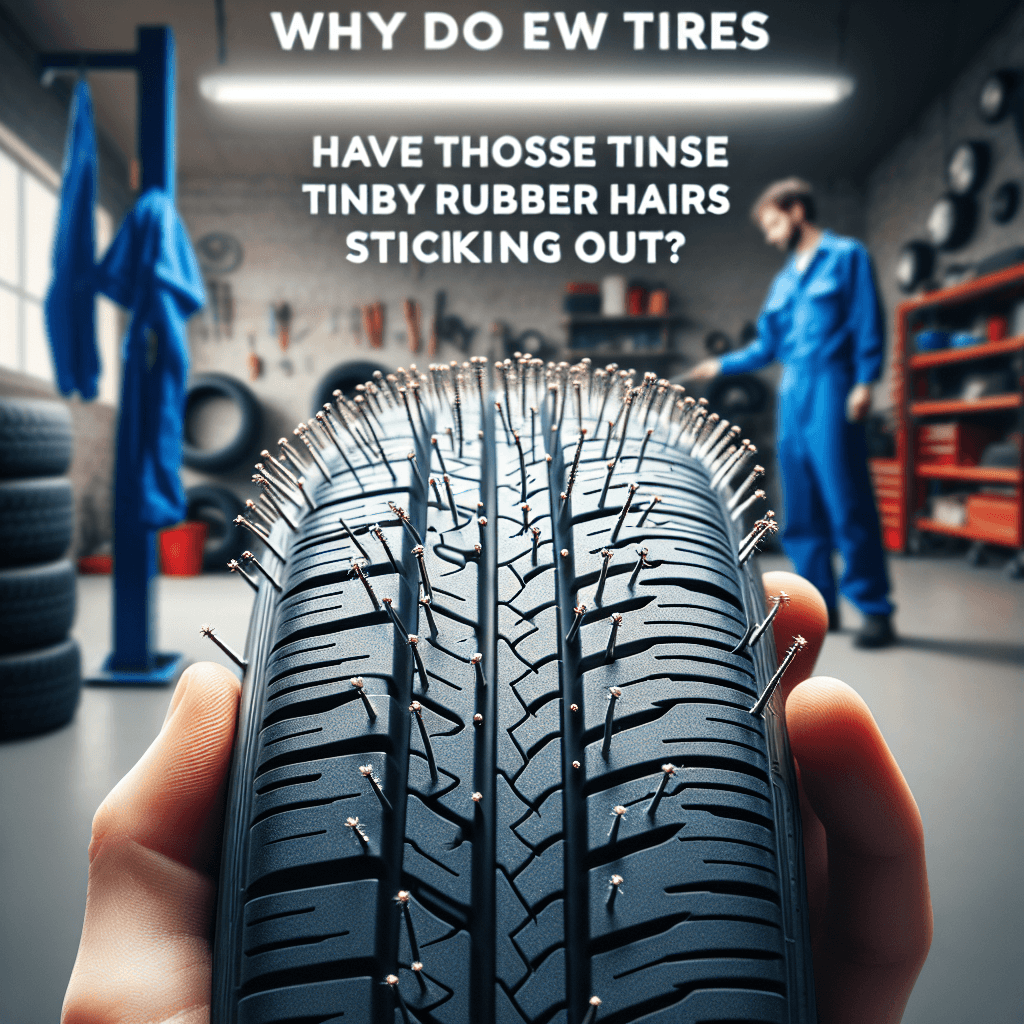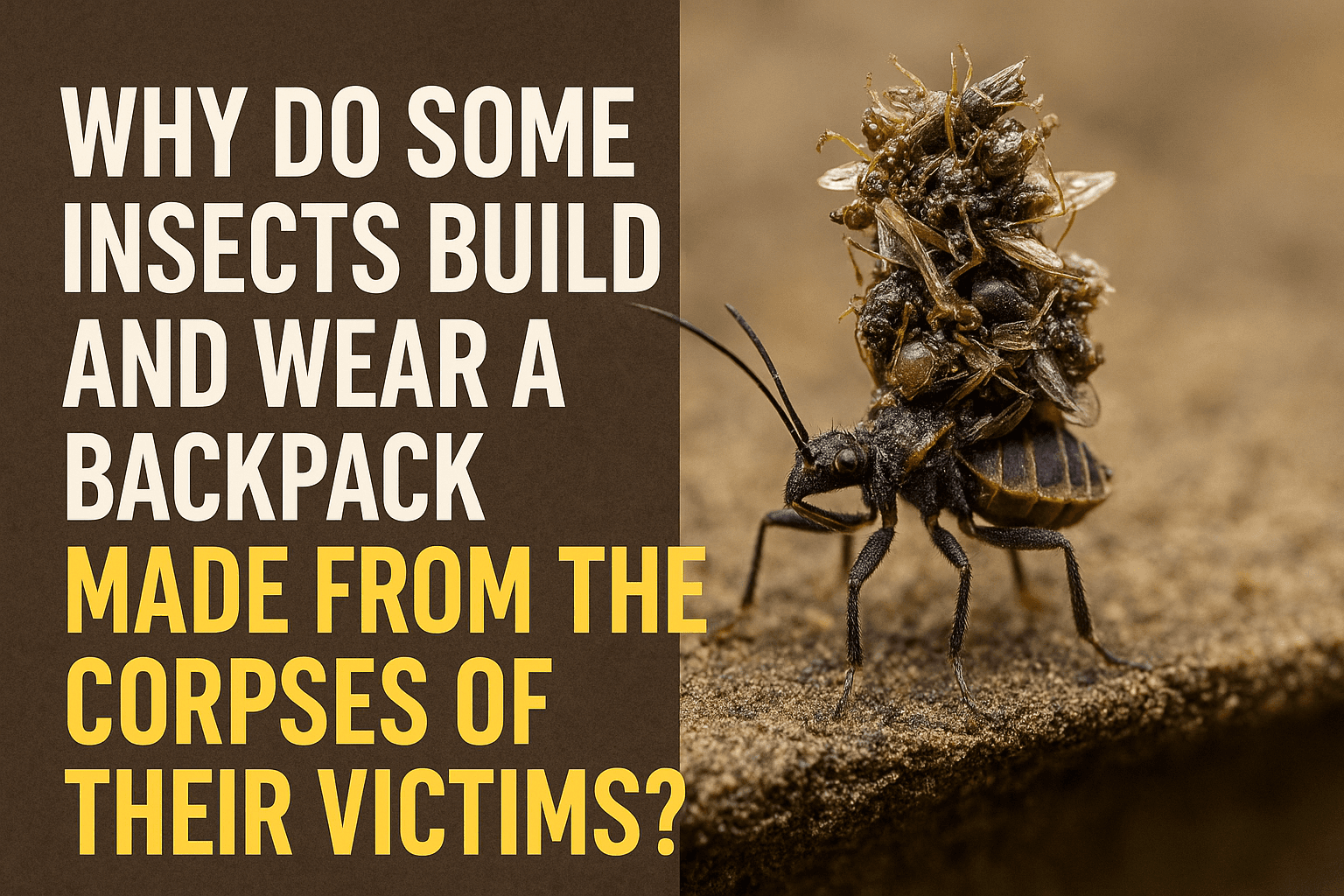Why do new tires have those tiny rubber hairs sticking out
Those tiny rubber 'whiskers' on new tires aren't a defect—they're the fascinating, harmless leftovers from the high-pressure process that gives the tire its shape.


Too Long; Didn't Read
TLDR: The rubber hairs are a harmless byproduct of manufacturing. They are created when rubber flows into tiny air vents in the tire mold to prevent air bubbles, and they wear off quickly with no effect on performance.
Tire Whiskers Explained: Why Do New Tires Have Those Tiny Rubber Hairs Sticking Out?
Have you ever purchased a new set of tires, run your hand over the fresh tread, and wondered about those peculiar little rubber hairs sticking out from the surface? You're not alone. These tiny spikes, often called "tire whiskers" or "tire nipples," are a common sight on new tires, leading many to question their purpose. Are they a secret feature for enhanced grip? A special type of wear indicator? The truth is a bit more mundane but offers a fascinating glimpse into the complex science of tire manufacturing. This post will demystify these rubbery appendages, explaining exactly what they are, where they come from, and whether they serve any purpose once the tire hits the road.
The Official Name: Meet the Vent Spews
While "tire whiskers" is a descriptive and popular term, the technical name for these rubber hairs is vent spews. They are also sometimes referred to as "nibs," "sprue nubs," or "gate marks." Far from being a defect, their presence is actually a sign that the tire was manufactured correctly. They are a harmless and expected byproduct of the tire curing process, a critical step that transforms soft, gummy rubber into the durable, resilient product you trust on your vehicle.
A Byproduct of Birth: The Tire Curing Process
To understand where vent spews come from, we need to look at how a tire is made. The final stage of manufacturing is called vulcanization, or "curing." During this process, an uncured "green" tire is placed into a complex, heavy-duty mold. This mold contains the final tread pattern, sidewall markings, and other features.
The mold is then heated to over 300°F (about 150°C), and the tire is inflated with high-pressure steam or nitrogen from the inside. This immense heat and pressure force the rubber compound to flow and conform to every detail of the mold.
Here’s where the vent spews are born:
- Trapped Air is the Enemy: As the rubber expands, any air trapped between the tire and the mold can cause bubbles or voids. These imperfections would create weak spots in the final product, compromising safety and performance.
- Vents Provide an Escape Route: To prevent this, tire molds are designed with tiny channels, or vents, that allow trapped air to escape as the rubber fills the mold cavity.
- Rubber Follows the Air: As the air is pushed out through these vents, a small amount of liquefied rubber is forced into the channels along with it.
- Cooling and Solidifying: Once the curing process is complete and the tire is removed from the mold, this excess rubber cools and solidifies, creating the thin, hair-like protrusions we see—the vent spews.
Essentially, these whiskers are evidence that air was successfully purged from the mold, ensuring the tire has a solid, uniform construction.
Function or Fluff? The Role of Vent Spews
So, do these vent spews have any function after the tire leaves the factory? The short answer is no. Their job is entirely finished the moment the tire is removed from its mold.
They do not:
- Improve traction. Their size and flexibility are insignificant and provide no additional grip on any road surface.
- Act as wear indicators. The tread wear bars, which are small raised bars located within the tire's grooves, serve that purpose.
- Indicate the "freshness" of a tire. While they show a tire hasn't been driven on, the true age of a tire is determined by the DOT date code stamped on its sidewall.
These spews are completely harmless and will naturally wear off within the first few miles of driving as they make contact with the road. While some manufacturers of high-performance or "show" tires may shave them off for a cleaner aesthetic, it is purely a cosmetic choice and offers no performance benefit. Attempting to cut or pull them off yourself is unnecessary and could risk accidentally nicking the tire's surface with a sharp tool. It’s best to simply let them be.
Conclusion
Those tiny rubber hairs on your new tires are not a mystery feature but a simple, harmless artifact of modern tire manufacturing. Known as vent spews, they are the tell-tale sign of a properly cured tire, indicating that potentially dangerous air pockets were successfully eliminated during the high-pressure vulcanization process. They serve no purpose on the road and will quickly disappear with normal driving. So, the next time you see them, you can appreciate them not as a strange flaw, but as a subtle mark of quality control, proving your tire was perfectly formed from the very beginning.
More Articles

What creates the warm crackle sound unique to vinyl records?
That iconic warm crackle is more than just dust and nostalgia—it's the sound of a microscopic story of friction and physics being told in real-time.

Why do some insects build and wear a backpack made from the corpses of their victims?
For some of nature's tiniest predators, the best defense is a grisly offense—building a protective shield from the corpses of their vanquished prey.

Why are Earth's deserts not random, but aligned in two distinct belts?
It’s not a coincidence that the world's great deserts are aligned in two perfect bands; they are the direct creation of massive, invisible rivers of air that perpetually circle the globe.